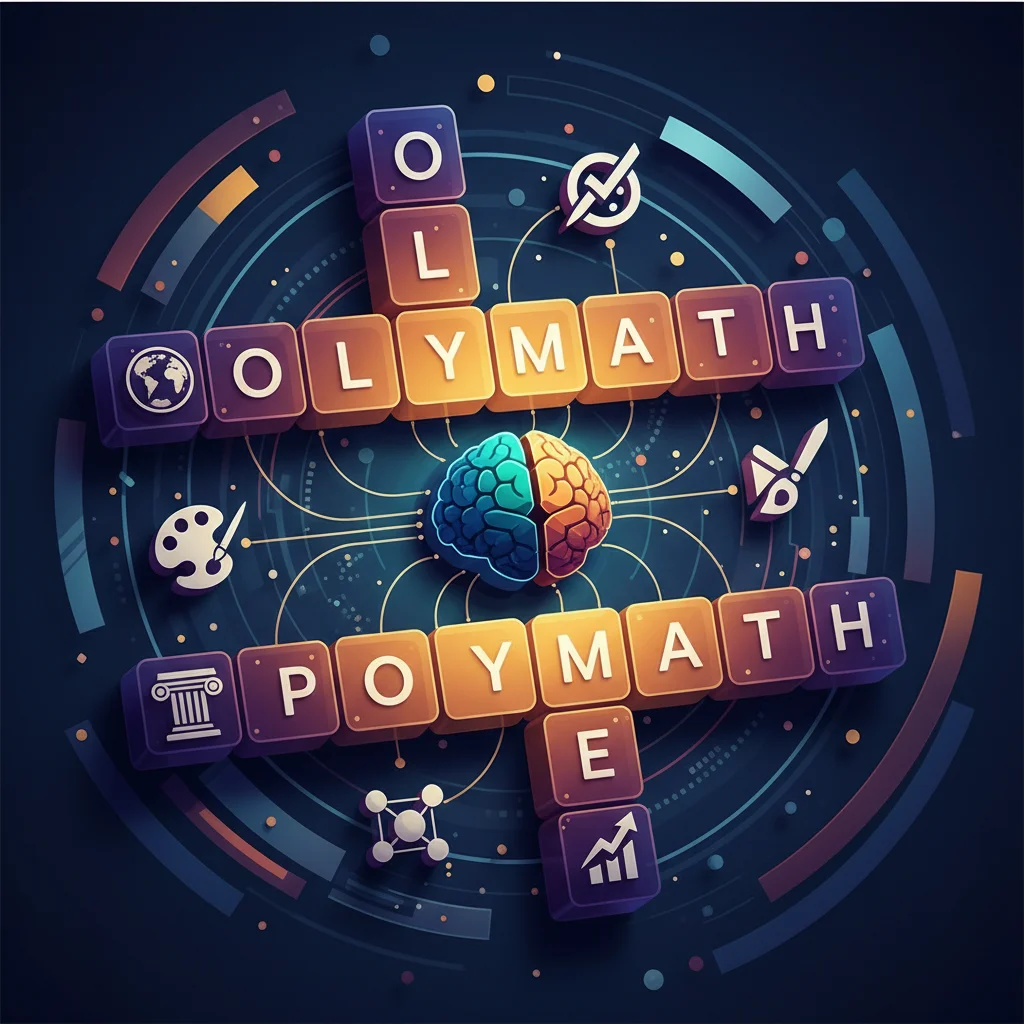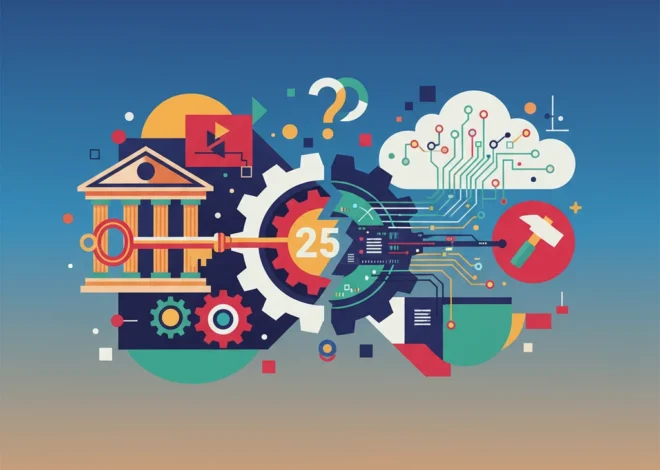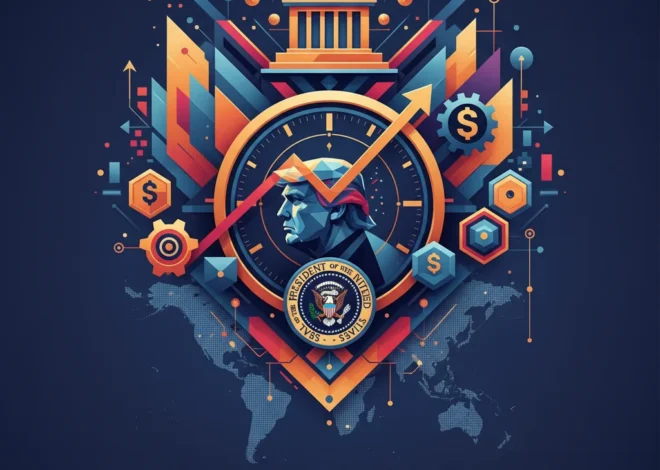
The Polymath Investor: Decoding the Modern Economy Like a Crossword Puzzle
In the world of cryptic crosswords, the “Polymath” is a revered challenge. It demands more than just a hefty vocabulary; it requires a wide-ranging knowledge of history, geography, arts, and science. The solver must connect disparate clues, see hidden patterns, and understand how one answer locks another into place. This intricate dance of logic and broad knowledge serves as a powerful metaphor for navigating the complexities of modern finance. In an era of unprecedented global interconnectedness and technological disruption, the most successful investors, finance professionals, and business leaders are no longer specialists. They are polymaths.
The days of succeeding with a singular focus on balance sheets or market trends are fading. Today’s financial landscape is a complex grid where a breakthrough in financial technology in Silicon Valley can impact traditional banking in London, a geopolitical tremor in Asia can reshape the global stock market, and a new development in blockchain can challenge decades-old economic assumptions. To thrive, one must adopt a polymath’s mindset—seeing the entire puzzle, not just the single clue in front of you.
The Interlocking Grid: Global Markets and Diversification
Consider the structure of a crossword puzzle. Each word, running across or down, is an independent entity with its own clue. Yet, it is inextricably linked to several others, sharing letters and influencing their potential solutions. A wrong answer in 1-Across can make 2-Down impossible to solve. This is a perfect illustration of our modern global economy.
No industry or national market operates in a vacuum. The principles of modern portfolio theory, which emphasize diversification to mitigate risk, are essentially an acknowledgement of this interconnectedness. Just as a crossword solver diversifies their approach by tackling different sections of the grid, a savvy investor diversifies their portfolio across asset classes, geographies, and sectors. According to a study on portfolio diversification, holding a mix of assets can significantly reduce volatility without necessarily sacrificing returns (source). The goal is to build a portfolio where the “down” clues (underperforming assets) are balanced by the “across” clues (performing assets).
For example, a surge in oil prices (Energy sector) can increase operational costs for airlines and logistics companies (Transportation sector) while simultaneously boosting the economies of oil-exporting nations. A polymath investor understands these second and third-order effects. They don’t just solve the clue for “Energy”; they anticipate how that answer will affect the interlocking clues in “Transportation,” “Consumer Goods,” and “Emerging Markets.” This holistic view is critical for robust risk management and strategic investing.
Deciphering Cryptic Clues: The Role of Fintech and AI in Modern Trading
Some crossword clues are straightforward definitions. Others are cryptic, multi-layered puzzles requiring lateral thinking. This evolution from simple to complex mirrors the transformation of financial analysis and trading. Decades ago, fundamental analysis was the primary tool—a straightforward process of examining a company’s financial health. Today, we are in the era of the cryptic clue, where success depends on deciphering vast, complex, and often unstructured datasets.
This is the domain of fintech. Algorithmic trading, powered by artificial intelligence and machine learning, can analyze market data, news sentiment, and economic indicators at speeds no human can match. These systems are designed to solve the market’s most cryptic clues, identifying fleeting patterns and arbitrage opportunities. The global algorithmic trading market size was valued at USD 12.1 billion in 2020 and is expected to grow significantly, highlighting its central role in modern finance (source). These technologies are no longer on the fringe; they are central to how capital is allocated in the global economy.
To illustrate the shift, consider the following comparison:
| Aspect of Analysis | Traditional Approach (Straightforward Clue) | Modern Fintech Approach (Cryptic Clue) |
|---|---|---|
| Data Sources | Quarterly earnings reports, annual statements, official press releases. | Real-time market data, satellite imagery of parking lots, social media sentiment, geolocation data. |
| Key Skills | Financial statement analysis, industry knowledge, value investing principles. | Quantitative analysis, machine learning model development, data science, programming (Python, R). |
| Execution Speed | Days or weeks to research; manual trade execution. | Microseconds for analysis and automated trade execution. |
| Core Principle | Determine the intrinsic value of an asset based on public fundamentals. | Identify and exploit statistical patterns and market inefficiencies. |
The polymath leader doesn’t need to be a coder, but they must understand the capabilities and limitations of these technologies. They need to know what questions to ask and how to interpret the outputs of these complex systems, blending technological insight with strategic human judgment.
Blank Squares and Black Swans: Navigating Uncertainty with New Technologies
Every crossword starts as a grid of blank squares—a landscape of uncertainty. The solver’s job is to bring order to this chaos, filling in the blanks with certainty. The financial markets are a similar landscape, punctuated by “black swan” events—unpredictable, high-impact occurrences that can render previous models obsolete. The 2008 financial crisis and the COVID-19 pandemic are stark reminders of the market’s inherent uncertainty.
In this context, technologies like blockchain are emerging as powerful tools for reducing specific types of uncertainty. At its core, blockchain is a distributed, immutable ledger. This technology offers a way to create trust and transparency in transactions without relying on a central intermediary, like a traditional bank. For instance, in supply chain finance or international trade, blockchain can provide an indisputable record of transactions, reducing the risk of fraud and disputes. A report by Deloitte highlights how blockchain can transform financial services by enhancing transparency and efficiency (source). It helps fill in some of the “blank squares” related to counterparty risk and transactional integrity.
However, no technology can eliminate all risk. The polymath investor accepts uncertainty as a fundamental feature of the market. They study history, not to predict the future, but to understand the range of what is possible. They draw on principles from economics, psychology, and even military strategy to build resilient systems and portfolios that can withstand shocks. They know that the most dangerous phrase in investing is “this time it’s different,” but they are also open-minded enough to recognize when a genuine paradigm shift, like the advent of the internet or blockchain, is underway.
Conclusion: Assembling the Puzzle of Modern Finance
The FT Crossword, in its “Polymath” edition (source), is more than a pastime; it’s a reflection of the intellectual agility required in today’s world. To succeed in the intricate grid of the global financial system, we must cultivate a polymath’s curiosity and breadth of knowledge.
This means looking beyond the financial pages. It means understanding how technological trends (fintech), social shifts, and political events create the complex clues we must solve. It requires appreciating the interconnectedness of the stock market, the disruptive potential of technologies like blockchain, and the timeless principles of economics and human behavior. By embracing this holistic, cross-disciplinary approach, we can move from being reactive players to becoming masterful solvers of the grand, ever-evolving puzzle of the global economy.
North American Trade Shift: Why New US Tariff Relief on Trucks is a Major Signal for Investors


